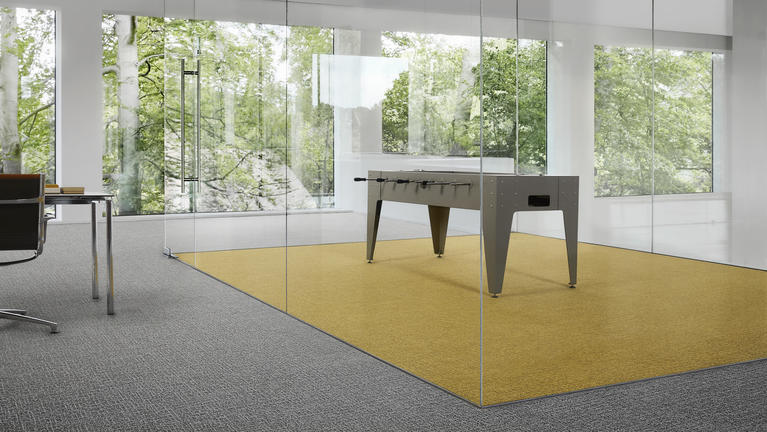
Light Reflectance Value (LRV)
Not just at home but also at work, the presence and intensity of light is essential for people to be able to function properly. Light also has a positive impact on work satisfaction as well as ensuring that the risk of accidents in the workplace can be significantly reduced.
The amount of energy we consume for our lighting increases every year. The growth of new-build, the renovation of old buildings with limited window spaces and the increase of large open plan offices are all leading to the greater consumption of energy to support our need for light whether that be in offices or public buildings. In some buildings lighting is the largest single category of electricity consumption. This trend is set to grow because companies have to comply with ever stricter rules on the minimum amount of lighting needed in the workplace.
With concerns about the need to cut carbon emissions caused by fossil fuel energy, we need to find ways to satisfy the rising demand for light in an energy efficient way.
What is Light Reflectance Value (LRV)?
Light Reflectance Value (LRV) is a measure that is used primarily in the interior and design world and is the total quantity of visible and usable light (of all wavelengths and in every direction) reflected by surfaces that are illuminated by a light source.
The LRV scale is exponential and runs from zero, which is a perfectly absorbing surface (regarded as totally black), to 100, which is a fully reflective surface (regarded as perfect white). The structure and gloss of the product or surface are also determining factors for LRV in addition to colour.
As a general rule, the lighter the colour the more light it would reflect resulting in a higher LRV value but is likely to need cleaning more often while dark colours would absorb more light leading to a low LRV value but would need cleaning less often.
To find out more about Light Reflectance Value of our products, please contact your Tarkett Account Manager.